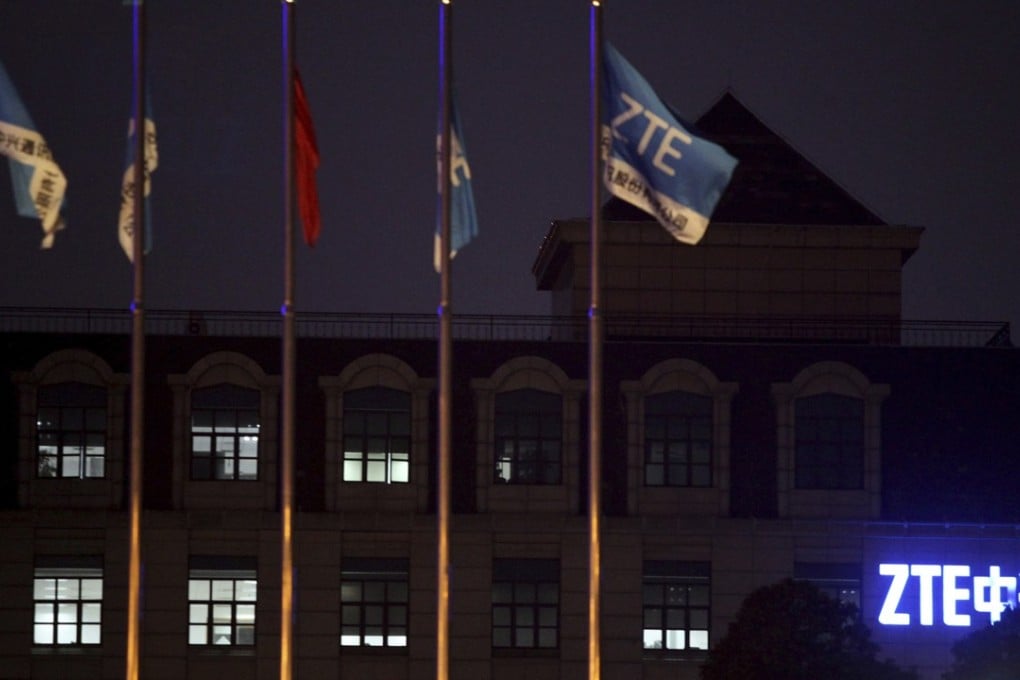ZTE may be too big to fail, as it remains the thin end of the wedge in China’s global tech ambition
ZTE accuses US Commerce Department of “extremely unfair” treatment for a seven-year ban on buying technology from American companies, which would derail its 5G network plans, a key plank to China’s technology ambitions

Staff wearing lanyards with ZTE badges stream in and out of the main office tower, some going for a smoke, others for a stroll.
The calm surroundings belied the frenzy of activity this week within the 33-year old company, where executives raced to come up with measures to stave off a potential collapse, after the US government banned American companies from doing business with it.
China warns US against irresponsibility after putting ZTE ‘in a state of shock’
That means the company, which shipped 47 million smartphones last year, won’t be able to buy chips from Qualcomm, or optical components from such suppliers as Maynard, Acacia, Oclaro and Lumentum for its handsets. It may also be starved of access to software updates to its Google applications. For a smartphone manufacturer, that is close to a death blow.
ZTE’s non-executive chairman Yin Yimin, who had issued a call for calm for his 80,000 employees in the immediate aftermath of the ban, said as much in a Friday press conference for selected Chinese state media.
The denial order by the US Department of Commerce, Yin said, has sent ZTE into a “state of shock” that would reverberate and hurt the interests of employees, telecom operators, consumers and shareholders, according to the official Xinhua News Agency.
In an earlier statement, ZTE called the ban “extremely unfair” and accused the US government of not considering its action to comply with the settlement terms for violating export controls to Iran and North Korea.